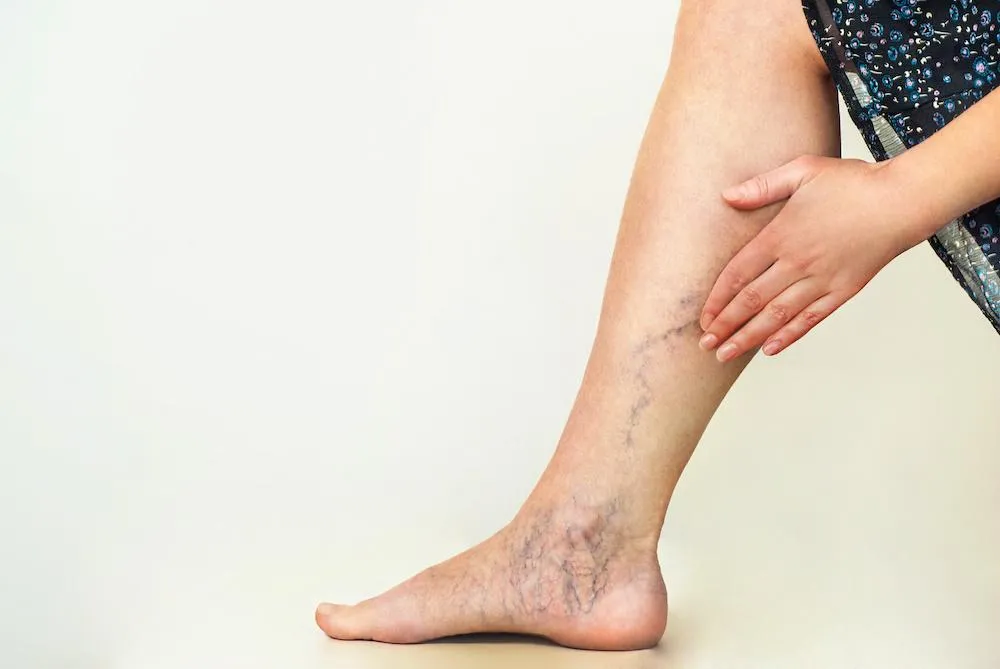Chronic venous insufficiency can cause discomfort and potentially serious complications if left untreated. This condition occurs when the veins in the legs are unable to return blood to the heart efficiently. Early recognition and treatment can improve quality of life and prevent complications. Understanding the causes, symptoms, and treatment options helps individuals make informed decisions about their health and seek appropriate medical care.
What Is Chronic Venous Insufficiency?
Chronic venous insufficiency is a medical condition where the veins in the legs struggle to pump blood back to the heart effectively. The veins contain one-way valves that prevent blood from flowing backward. When these valves become damaged or weakened, blood can pool in the lower extremities. This pooling creates increased pressure within the veins, leading to various symptoms and complications.
The condition typically affects the superficial and deep veins in the legs. The increased pressure can cause the veins to become enlarged and twisted over time. This condition is progressive, meaning it tends to worsen without appropriate treatment. Early stages may cause minimal discomfort, while advanced cases can lead to complications, including skin changes and ulceration.
What Causes It?
Several factors contribute to the development of this condition. Age plays a central role, as vein walls and valves naturally weaken over time. Family history also increases the risk, suggesting a genetic component to the condition.
Prolonged standing or sitting can contribute to the development of this condition. Occupations that require extended periods in one position put additional strain on the venous system. Other risk factors include obesity, which increases pressure on the veins, and a history of previous blood clots that can damage vein valves. Deep vein thrombosis can cause lasting damage to the venous system even after the clot resolves.
What Are the Symptoms?
Symptoms typically develop gradually and may initially be mild. Leg pain and aching are common early symptoms, which may be described as a feeling of heaviness or tiredness in the legs. These symptoms may worsen throughout the day and improve with leg elevation.
Swelling in the lower legs and ankles is another frequent symptom. The swelling may be more noticeable at the end of the day and may affect one or both legs. Skin changes may develop over time, including darkening or discoloration around the ankles. In severe cases, skin ulcers may form, typically around the ankle area.
What Are the Treatment Options?
Treatment for chronic venous insufficiency varies depending on the severity of the condition and individual patient factors. Conservative treatments are often the first line of therapy. Anticoagulants, or blood-thinning medications, may be prescribed if there is a history of blood clots or a high risk of clot formation. These medications help prevent the formation of new clots and may reduce the risk of complications.
Advanced treatment options include minimally invasive procedures. Minimally invasive thrombolysis can be an effective treatment for blood clots that contribute to venous insufficiency. Catheter-directed thrombolysis is another option that delivers clot-dissolving medication directly to the affected area. Thrombolytic therapy helps restore normal blood flow in cases where clots are contributing to the condition.
Consult a Vascular Specialist Now
Chronic venous insufficiency is a manageable condition when properly diagnosed and treated. Early intervention helps prevent progression and improve quality of life. If you experience symptoms of this condition, consulting with a vascular specialist can provide you with a comprehensive evaluation and personalized treatment plan. Don’t let leg pain and swelling impact your daily activities when effective treatments are available to help prevent complications.
- Pedrovazpaulo Wealth Investment: Unlocking Financial Freedom Through Innovative Strategies
- EO Pis: A Comprehensive Guide to Environmental Objectives and Performance Indicators
- Premiumindo69: The Future of Digital Entertainment
- Macadamia Nut Milk: Health Benefits, Recipes, and Why It’s the Perfect Dairy-Free Alternative
- Hentquz: The Future of Productivity and Collaboration


